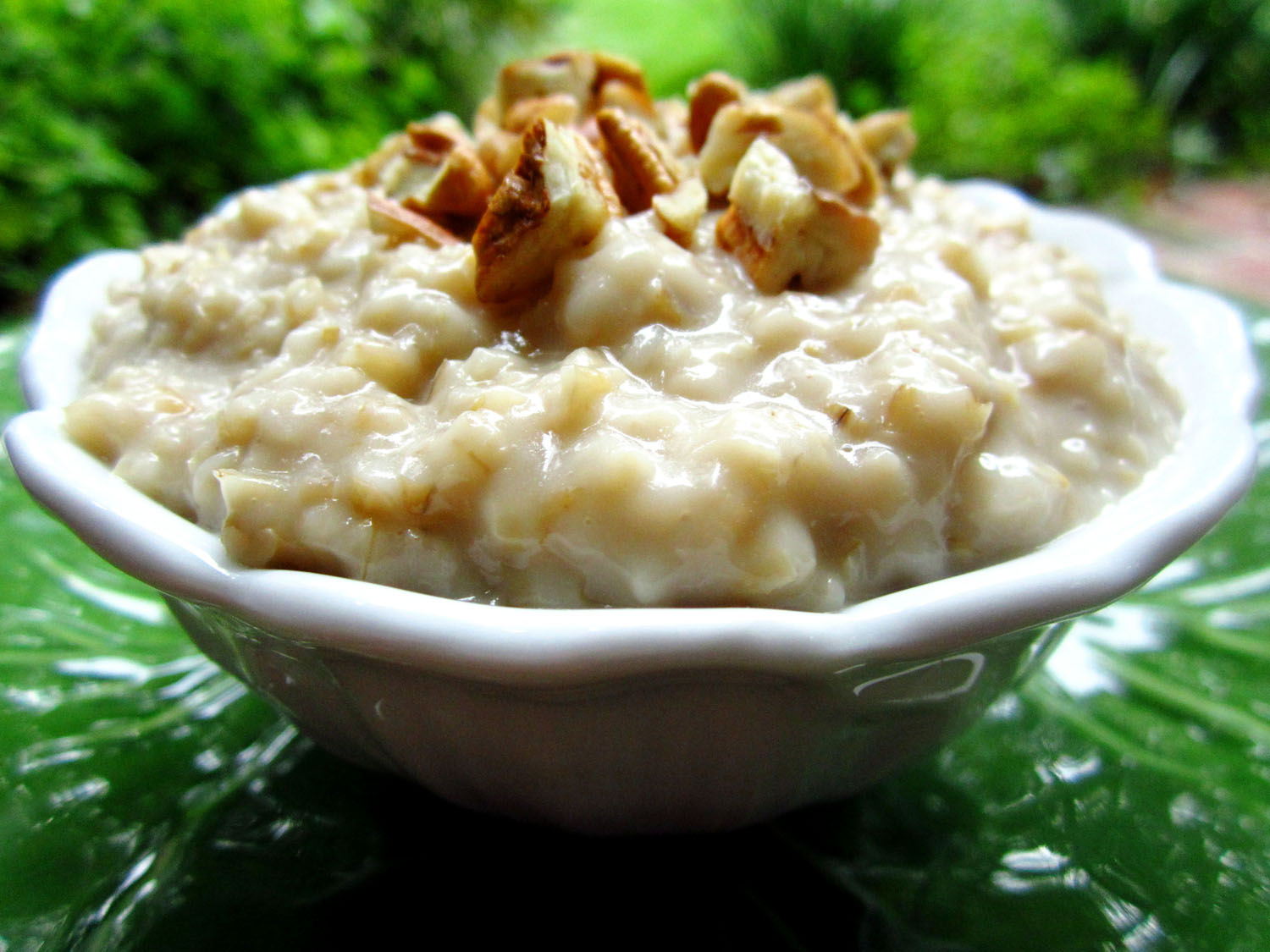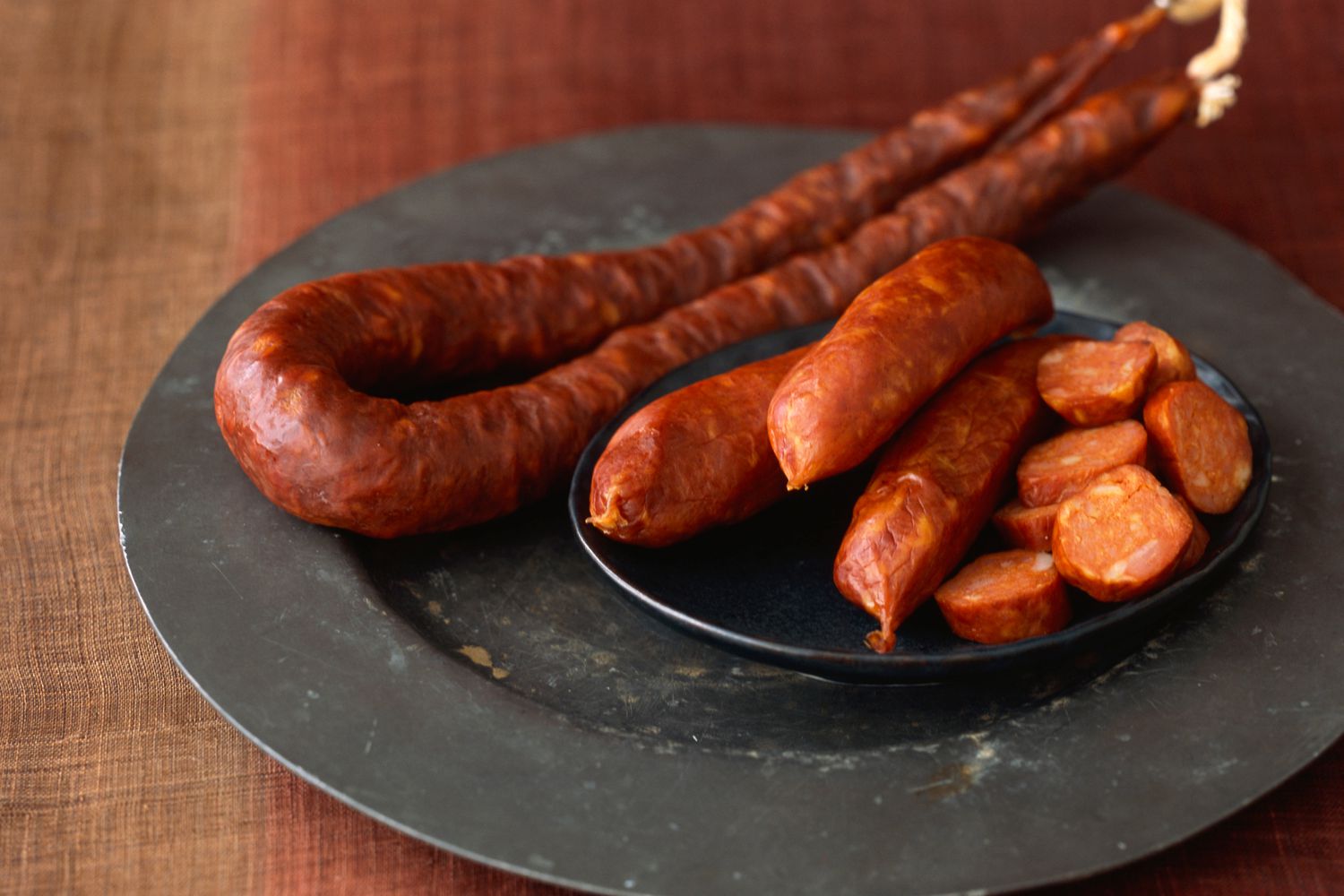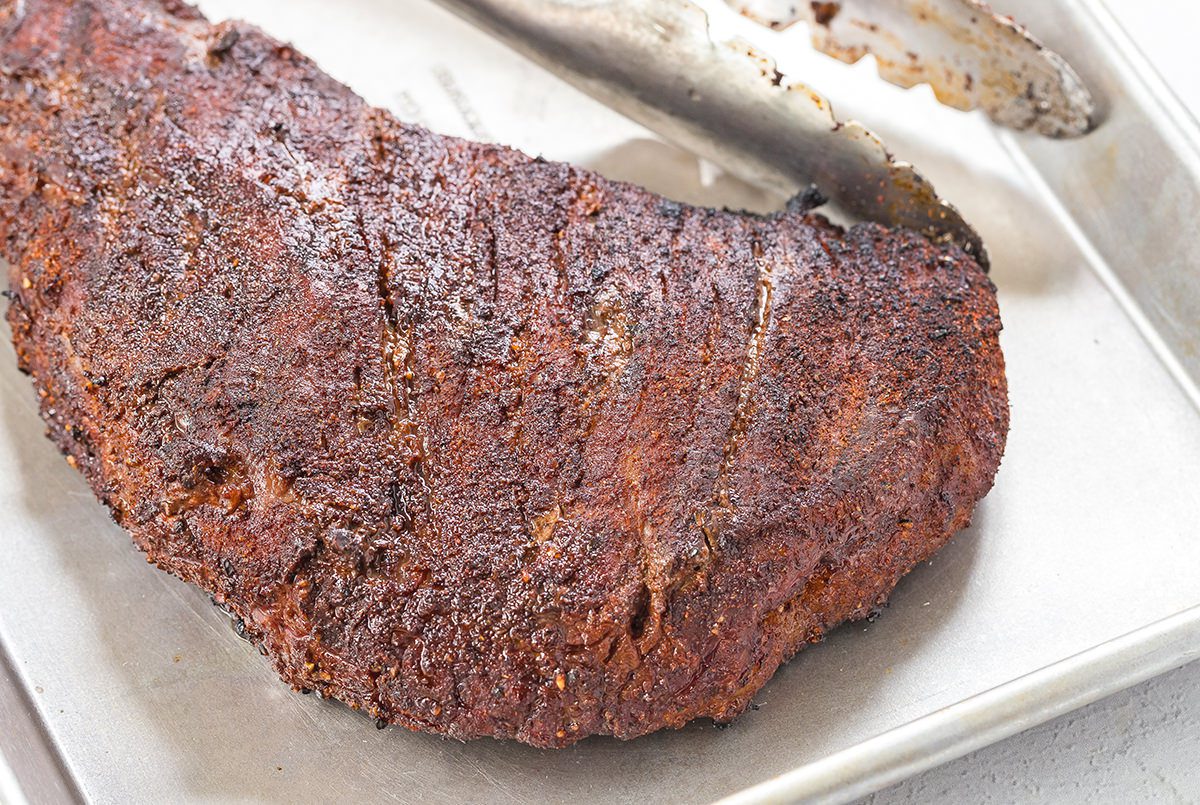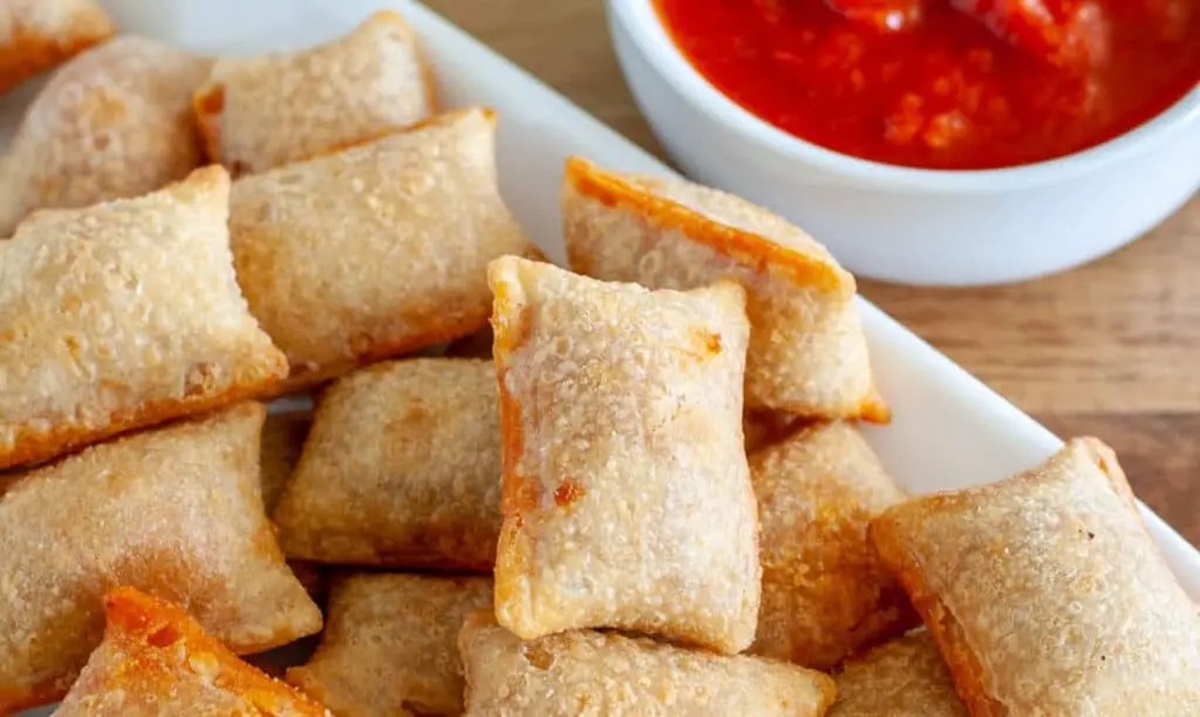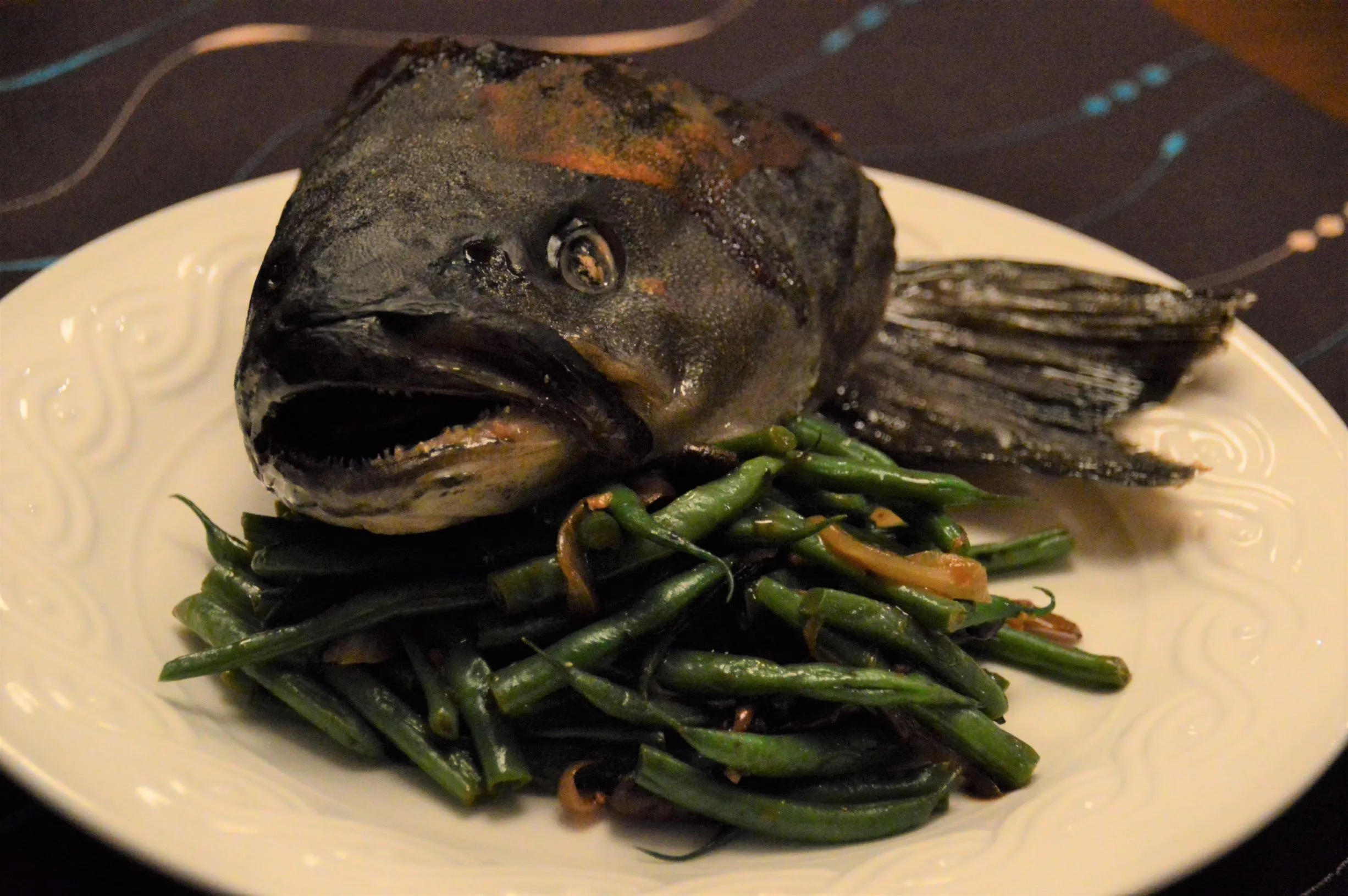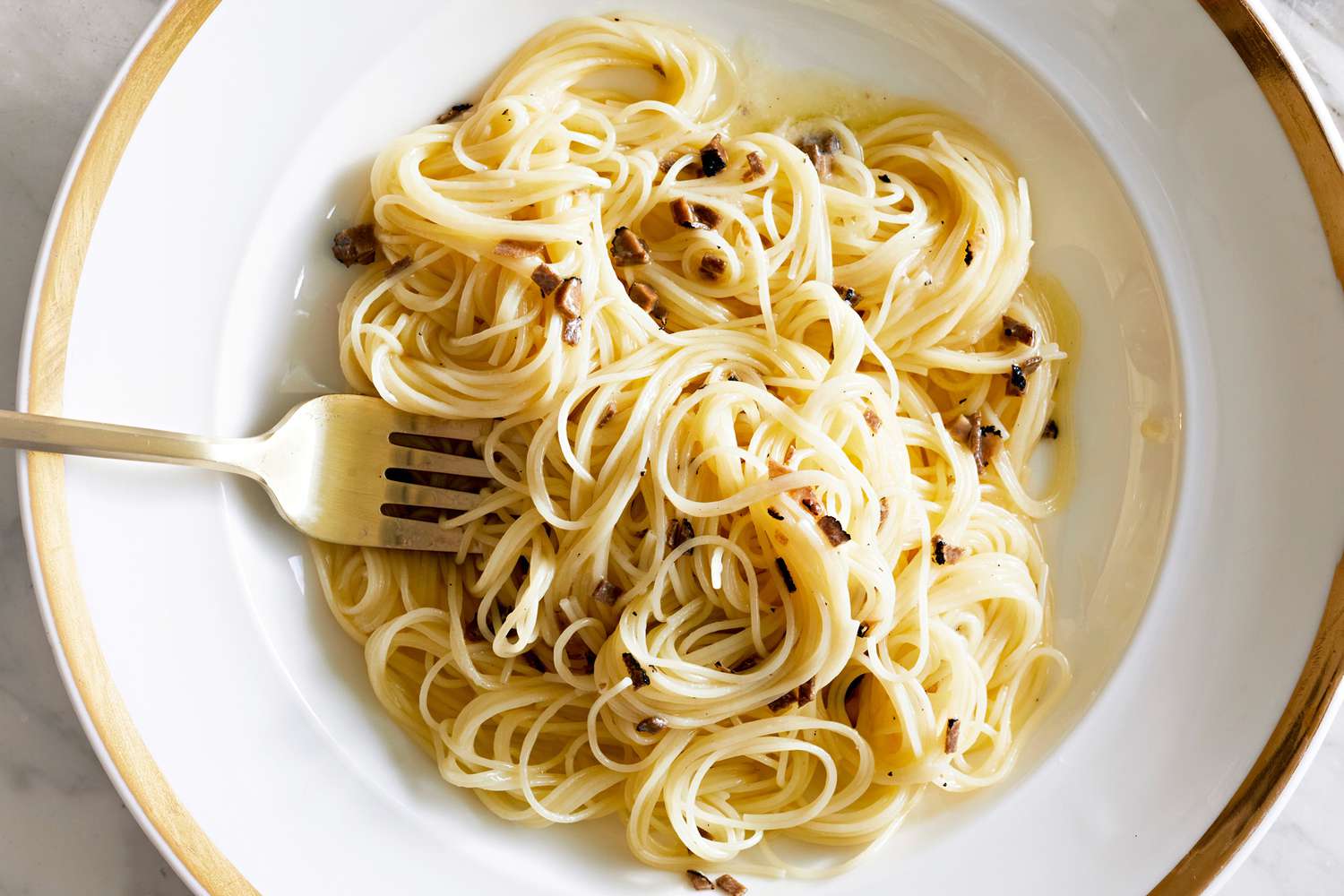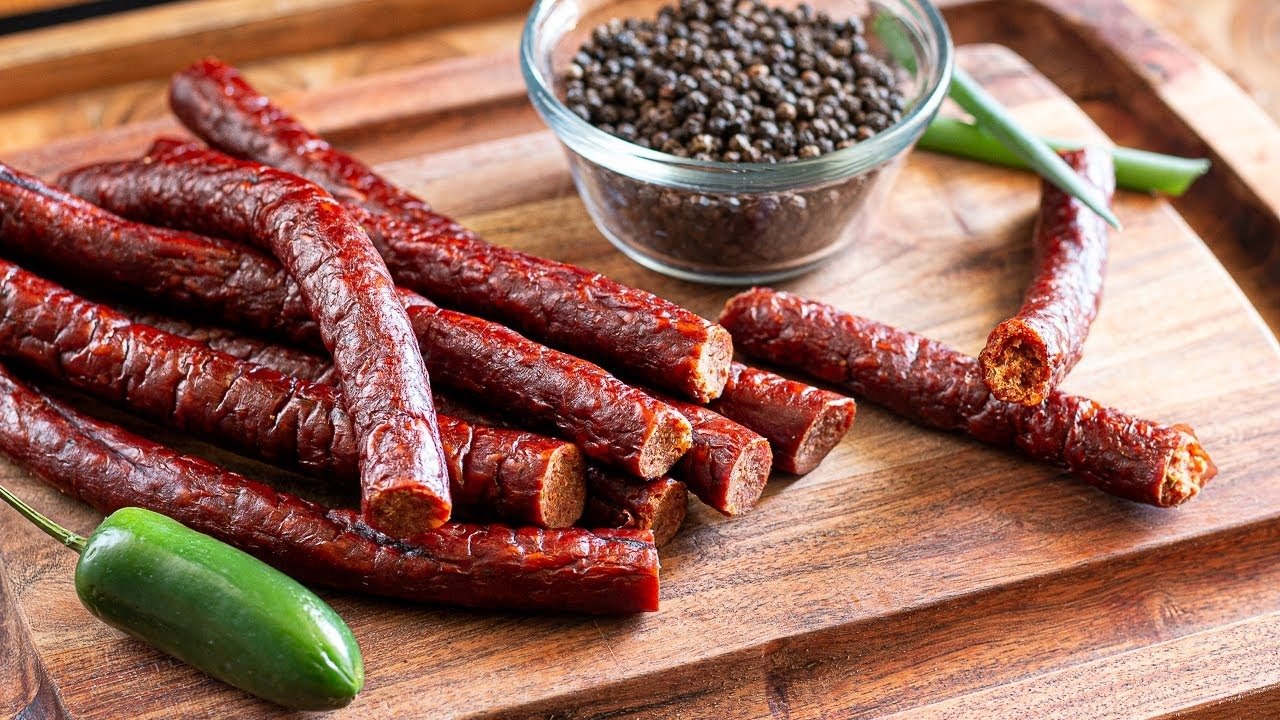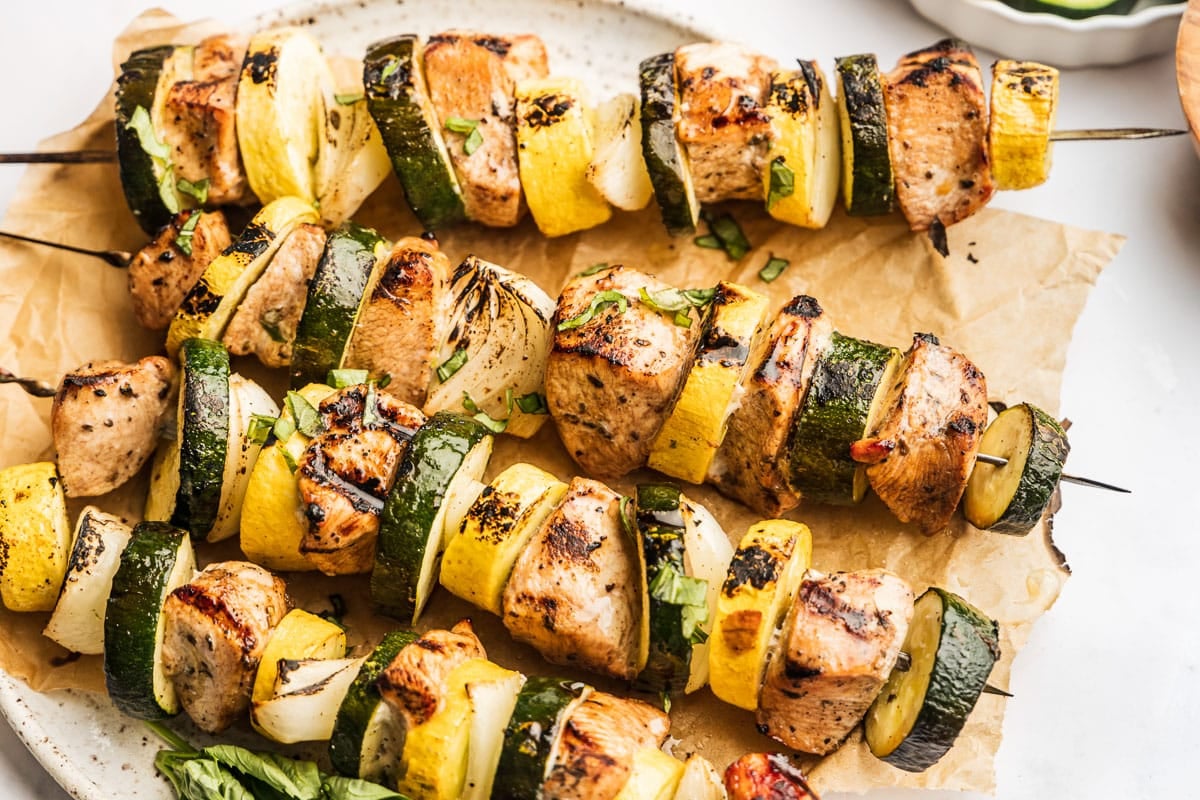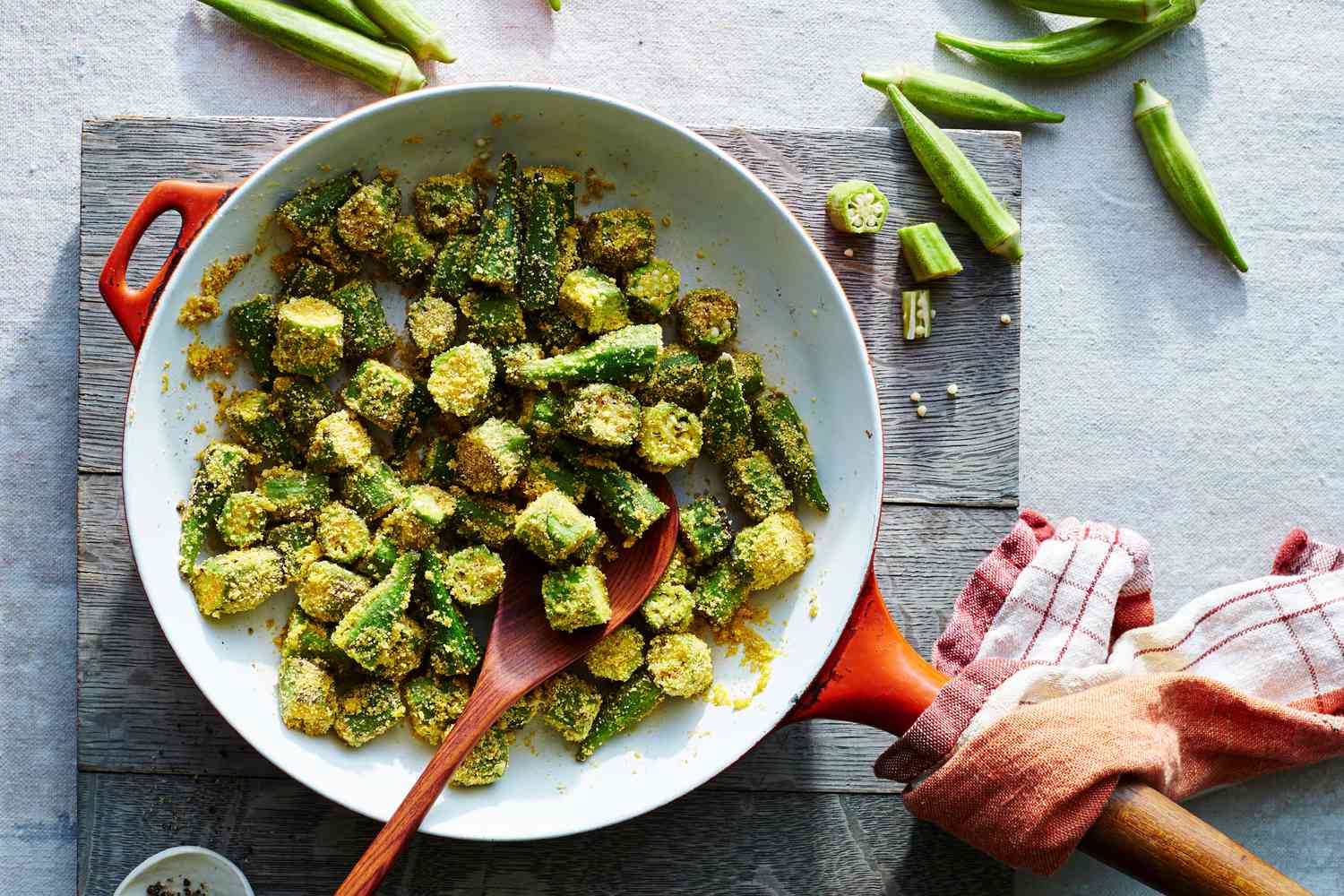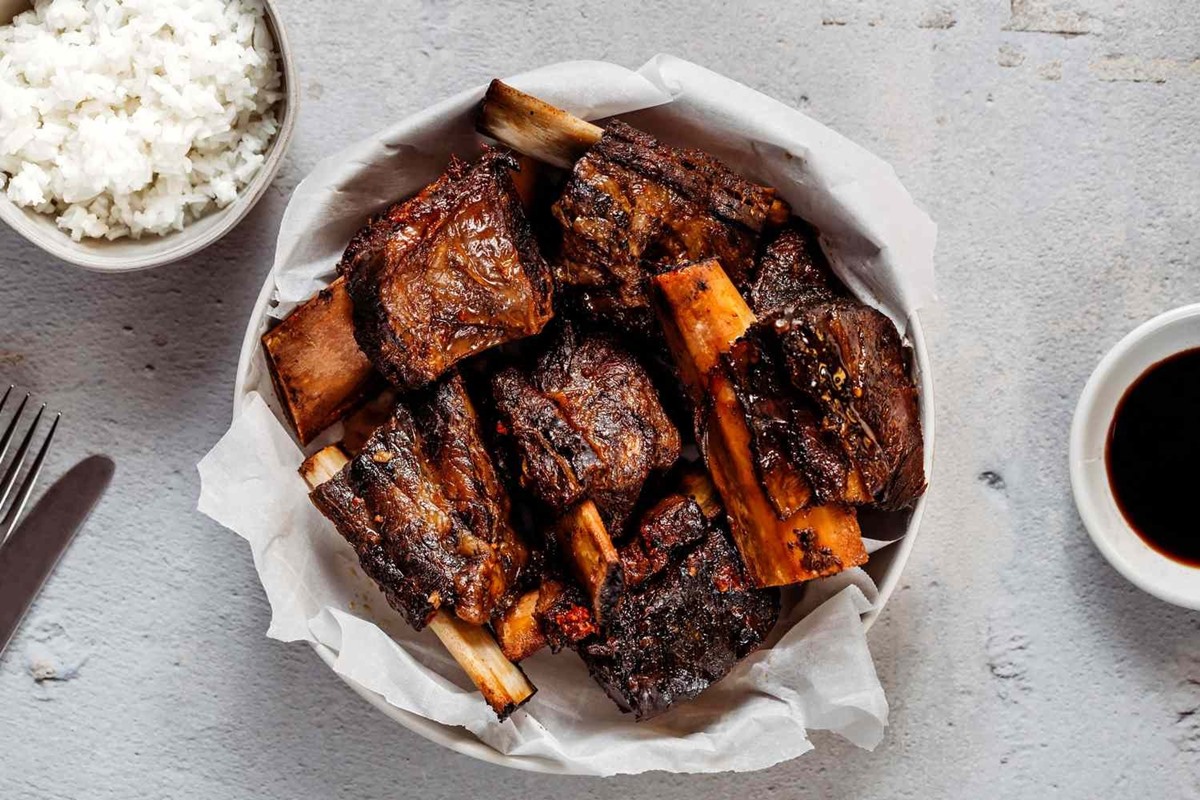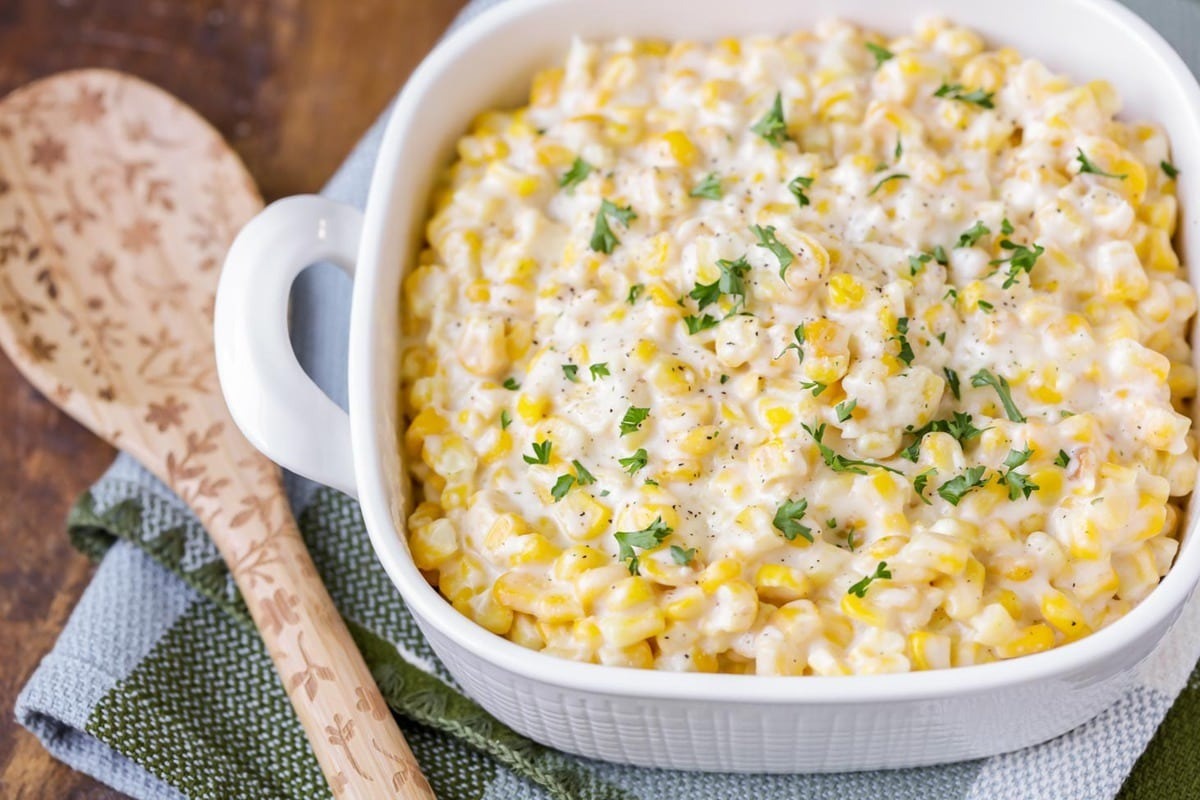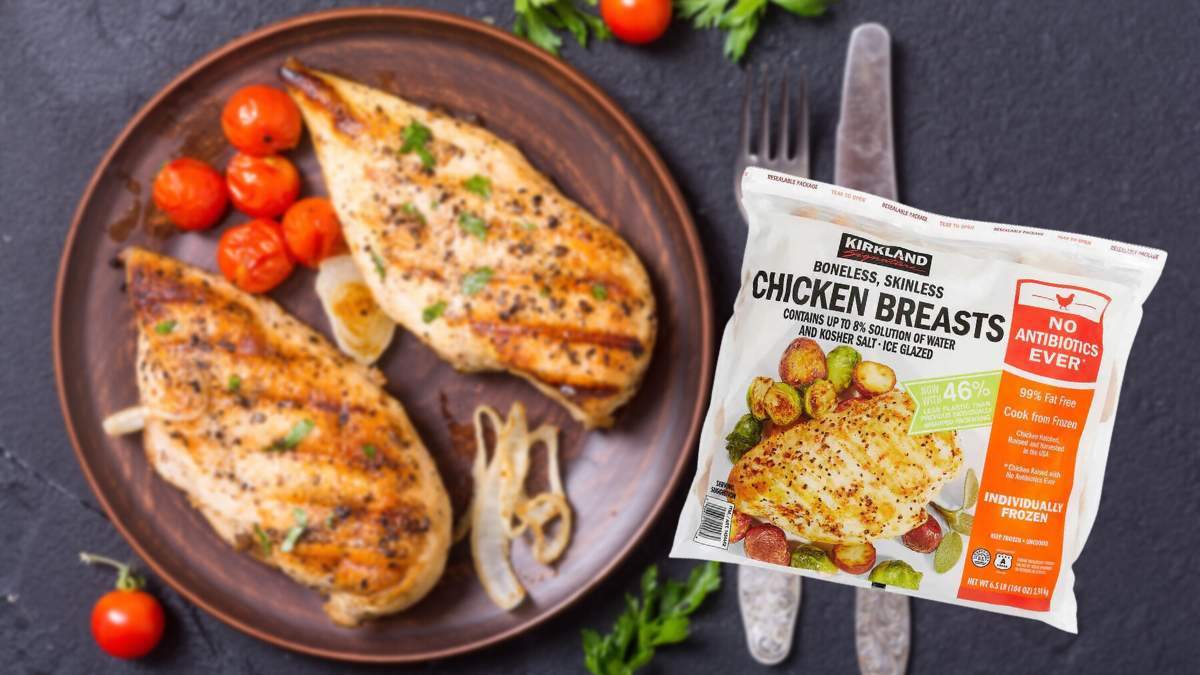Cooking jute leaves, often celebrated in various cuisines for their earthy flavor and nutritional benefits, opens up a world of culinary exploration. Known in some regions as "ewedu" or "molokhia," these greens transform dishes with their unique texture and taste. Whether you're aiming to craft a traditional stew, blend them into a nutritious smoothie, or simply sauté them as a side, mastering the art of cooking jute leaves promises to elevate your meals. This guide will walk you through selecting, preparing, and incorporating jute leaves into your cooking, ensuring you harness their full potential to create delectable, healthful dishes.
Gather Your Ingredients for Cooking Jute Leaves
- Jute leaves (fresh or frozen) – 2 cups
- Water – 4 cups
- Onions, finely chopped – 1 large
- Garlic cloves, minced – 2
- Ginger, grated – 1 tablespoon
- Vegetable oil – 2 tablespoons
- Ground fish or shrimp (optional) – 1/2 cup
- Chicken or vegetable broth – 2 cups
- Salt to taste
- Ground black pepper to taste
- Scotch bonnet peppers (optional) – 1-2, finely chopped
- Lemon juice – 1 tablespoon
- Cooked white rice, for serving
Essential Tools for Preparing Jute Leaves
- Large Pot
- Wooden Spoon
- Cutting Board
- Chef's Knife
- Colander
- Blender or Food Processor (optional, for making a smoother sauce)
- Measuring Cups and Spoons
Cooking jute leaves involves a simple process. First, wash thoroughly to remove dirt. Then, boil or steam until tender. Season with garlic, onions, and spices for a flavorful dish. Enjoy!
The Benefits of Cooking Jute Leaves
Cooking jute leaves, known in some cultures as molokhia, is a tradition steeped in nutritional benefits. Rich in vitamins, minerals, and antioxidants, these greens support heart health and boost immunity. Their unique, slightly bitter flavor enriches soups and stews, offering a culinary experience that's both healthful and delicious.
In many communities, preparing jute leaves is a way to connect with cultural heritage. This practice passes down generations, preserving culinary traditions and fostering a sense of belonging. Through cooking, people celebrate their history, sharing stories and flavors that define their identity.
Your Step-by-Step Guide to Cooking Jute Leaves
Cooking Jute Leaves: Step by Step Guide
-
Select Fresh Jute Leaves: Look for vibrant green leaves without any brown spots or signs of wilting. Freshness is key for the best flavor and nutritional value.
-
Clean Thoroughly: Rinse leaves under cold running water to remove any dirt or debris. It might be necessary to wash them multiple times to ensure they are completely clean.
-
Chop Leaves: Use a sharp knife to coarsely chop the leaves. This will make them easier to cook and eat.
-
Boil Water: In a large pot, bring water to a rolling boil. Add a pinch of salt to enhance the flavor of the jute leaves.
-
Blanch Jute Leaves: Place the chopped leaves into the boiling water. Let them boil for about 10 minutes. Blanching helps in reducing the sliminess and makes the leaves tender.
-
Drain and Cool: After boiling, drain the leaves in a colander. Rinse them with cold water to stop the cooking process. This also helps in preserving their vibrant green color.
-
Squeeze Out Excess Water: Once cooled, take handfuls of the leaves and squeeze out as much water as possible. This step is crucial to avoid a watery dish.
-
Saute Ingredients: In a pan, heat some oil over medium heat. Add chopped onions, garlic, and any other desired spices. Saute until the onions are translucent and the mixture is fragrant.
-
Add Jute Leaves: Add the drained jute leaves to the pan. Stir well to combine them with the sauteed ingredients.
-
Cook Until Done: Continue cooking the mixture on medium heat for about 5-7 minutes. The leaves should be fully cooked but still retain some of their texture.
-
Season to Taste: Add salt, pepper, and any other seasonings according to your taste preferences. Stir well to ensure the seasonings are evenly distributed.
-
Serve Hot: Enjoy your cooked jute leaves while they're still warm. They can be served as a side dish or incorporated into other recipes for added nutrition and flavor.
Mastering the Art of Jute Leaves Cuisine
Cooking jute leaves, often known as molokhia, is an adventure in flavor and nutrition. These greens, rich in vitamins and minerals, bring a unique taste and texture to any meal. Whether you choose to simmer them into a comforting soup, blend them into a vibrant sauce, or stir-fry them for a quick and nutritious side dish, jute leaves offer versatility in the kitchen. Remember, key to unlocking their delicious potential lies in proper preparation—washing thoroughly, cutting correctly, and cooking with the right mix of spices and accompaniments. Embracing these techniques ensures that every dish you create with jute leaves is not only healthy but also packed with flavors that'll impress anyone at your table. So, go ahead, experiment with this wonderful green, and let your culinary skills shine.
All Your Questions About Jute Leaves Answered
Can you eat jute leaves raw?
Sure thing, but here's the scoop: jute leaves are typically enjoyed cooked rather than raw. Cooking them not only softens their fibrous texture but also mellows their flavor, making them more palatable. If you're feeling adventurous, a small amount might be okay in a salad, but cooking is the way to go for the best experience.
What's the best way to cook jute leaves?
Oh, you're in for a treat! Simmering them is a fantastic method. Start by cleaning your leaves thoroughly, then chop them up. Toss them into a pot of boiling water and let them simmer until they're tender. For an extra kick, add some onions, garlic, and your favorite spices. This way, you'll end up with a delicious, nutritious dish that's hard to beat.
How long should I cook them for?
Patience is key here. Jute leaves need about 15 to 20 minutes of simmering to reach that perfect tenderness. Keep an eye on them; you're aiming for a soft, spinach-like consistency. Overcooking could lead to them becoming mushy, so watch the clock.
Can I use jute leaves in soup?
Absolutely, and you'll be glad you did. Jute leaves add a rich, green color and a unique flavor to soups. Just chop them up and add them to your pot during the last 20 minutes of cooking. They're a game-changer in soups, giving them a hearty and nutritious boost.
Are there any health benefits?
Loads! Jute leaves are packed with vitamins A, C, and E, not to mention iron and calcium. They're great for boosting immunity, protecting vision, and even promoting skin health. Incorporating them into your diet is not just tasty, it's a smart move for your overall well-being.
Where can I find jute leaves?
Your best bet is to check out local Asian or African markets. They often carry jute leaves fresh, frozen, or even dried. If you're out of luck there, online specialty stores are your next stop. They're becoming more popular, so keep an eye out, and you're likely to spot them.
Any tips on storing them?
Fresh jute leaves can be a bit delicate, so here's the deal: if you're not using them right away, wrap them loosely in a paper towel, pop them into a plastic bag, and store them in the fridge. They'll stay fresh for a couple of days. For longer storage, blanching and freezing them is your best bet. This way, you can enjoy their goodness for months.
Was this page helpful?
Read Next: How To Cook Cod For Dogs
